
It is a small simple structure, made of logs that have been roughly squared off. The cracks are filled in with mud, held in place by a diagonal pattern of dried twigs. There are a few small windows and an open doorway on one side. The door itself is long gone. The home has a peaked roof covered in wooden slats above an attic space which is reached by a wooden ladder, attached to the wall, through a small opening.
The inside space is not much more than about 80-100 square feet, although I have never actually taken the time to measure it. The dirt floor is now covered in layers of cow dung as, over the past 40 years or so, it was often used as a shelter for those animals. Barn swallows have also made use of this structure as a place to build their nests.
However, it was originally a homestead for what I assume were the first people of European descent to occupy this land. I don’t know who lived on this land in the more distant past. The Chipewyan, Chipewyan Prairie Dene, Fort McKay, and Mikisew Cree First Nations were the peoples who occupied this territory near Athabasca for millennia. But I do not know which of them occupied this piece of land. In fact, I know nothing of any of the people who lived there before my parents bought the farm more than 40 years ago.
This story is from the {{IssueName}} edition of {{MagazineName}}.
Start your 7-day Magzter GOLD free trial to access thousands of curated premium stories, and 9,000+ magazines and newspapers.
Already a subscriber ? Sign In
This story is from the {{IssueName}} edition of {{MagazineName}}.
Start your 7-day Magzter GOLD free trial to access thousands of curated premium stories, and 9,000+ magazines and newspapers.
Already a subscriber? Sign In
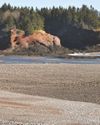
Welcome to St. Martins
Jane LeBlanc takes us on a tour of her adopted hometown—this charming New Brunswick village on the beautiful Bay of Fundy

Flower Power
Discovering a hobby you’re passionate about keeps you young!
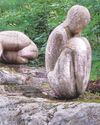
HIKING THE HALIBURTON HIGHLANDS
Admiring sculptures, Inuksuks and a view of the falls is all part of the allure of this area
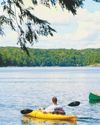
Distanced But Not Alone
Last summer’s ‘Fun Day’ at Otter Lake became a message of hope

CAJUN COUNTRY
Exploring the complex history and amazing culture of Acadians in Louisiana
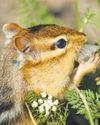
Nature's Wonder
Having the opportunity to photograph local wildlife is a gift

A Pinch of Slowness
Taking the time to enjoy the process is a great recipe for bread—and life

CREATIVITY DURING COVID
How I ‘brought a young girl to life’ during quarantine
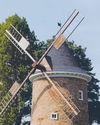
A Pivotal Point
From early settlement and quaint village to prosperous town and city, Pointe Claire is rich in Canadian history
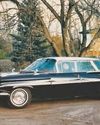
A Dream Car Finds Its Dreamer
Imagine finding the car you loved as a teen parked in your driveway 25 years later